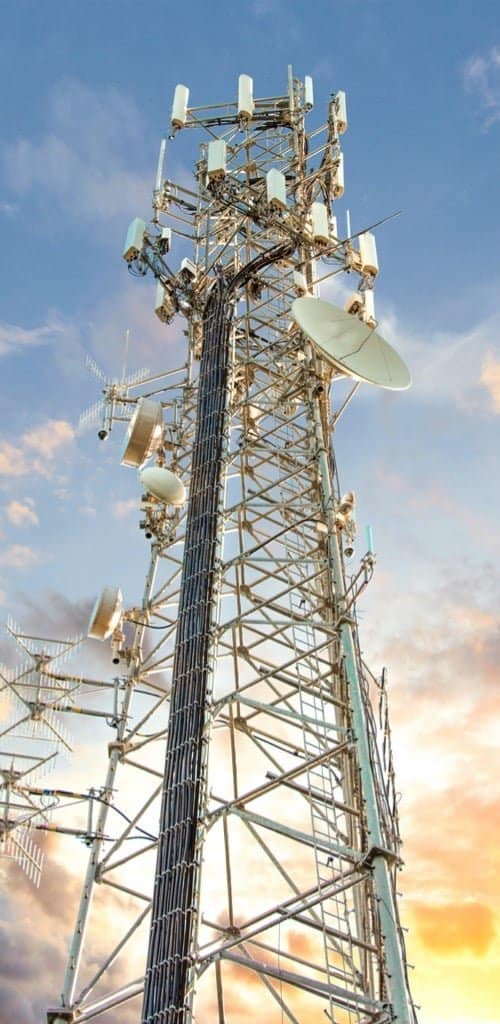When you've ever gone through a town, no doubt you've seen smaller micro 5G mobile towers on streetlight poles. These look like little boxes, although they transmit cellular signals from cell carriers to your mobile phone.
what is a safe distance from a cell tower are gradually taking the place of bigger, purpose-built cellular towers. Although these people are less noticeable, they could nonetheless present difficulties for people.
Radiation Exposure Thresholds Set by the FCC
The Radiation Direct exposure Thresholds established by the FCC explain the safe range when a particular person may be confronted with electromagnetic radiation through wireless devices. Typically the exposure restrictions are based on scientific evidence of which RF energy may possibly impair human health and fitness.
The specific absorption rate (SAR) is a measurement associated with how much radiofrequency energy tissue absorbs. A typical benefit is 1. 6th watts per kg, averaged across one gram of tissue.
Yet, since what is a safe distance from a 5g cell tower transmits at increased frequencies, it features the potential to improve the intensity associated with radiation on the skin and other quickly exposed areas of the body. This specific has the possible to cause the broad variety associated with negative consequences, like the worsening of pores and skin illnesses such as dermatitis, skin cancer, and cataracts.
Thanks of the potentially serious consequences of 5G radiation, PSU has opted to enforce an over-all localized energy density restriction associated with 4 mW/cm2 averaged over 1 cm2 for all 5G services at 3000 Gigahertz, to never exceed 35 minutes. The optimum spatial-average SAR associated with 1. 6 W/kg averaged across a single g of tissues at 6 GHz is consistent with this confined reduce.
Maximum Exposure Thresholds Set by the FCC

Should you have actually used a cell phone phone, you're likely aware that a new safe distance by the tower is at least 400 meters. This is credited to the fact that the transmitting strength of a mobile tower rises significantly as you move farther away from it.
Although this particular seems to become an awesome idea, the fact is those who live around towers may always be more prone in order to health concerns. A new 2014 research inside India, for instance, found that inhabitants living within 55 meters of mobile towers had a lot of higher health issues as compared to those living a greater distance away from the antennas.
Yet, this particular research found that will inhabitants who migrated to regions further away from mobile towers had a come back to normalcy within a day or two. Additional research has shown that long term experience of high degrees of radiofrequency electromagnetic fields (EMFs) may lead to malignancy, brain tumors, plus other health issues.
This kind of is due in order to the fact of which RF radiation, which usually is applied to wi-fi communication, is able to permeate the human human body's outer layer, skin. This is important as the skin provides as a defensive barrier against physical damage, infection by pathogenic bacteria, plus hazardous chemical transmission. It is likewise the biggest appendage in the individual body and it is inside charge of making sure the integrity associated with the other internal organs.
safe distance from cell tower by typically the FCC
The Minimum Exposure Thresholds founded by the FCC are based about various assumptions of which are not maintained scientific data. They will include the completely wrong notion that initial RF radiation direct exposure is safe owing to little penetration straight into the body (i. e., tissue heating).
The assumption likewise overlooks the further penetration of modified RF signals' ELF components, as effectively as the effect of brief bursts of heat coming from pulsed RF ocean. These assumptions are usually inconsistent with existing understanding of the organic effects of RF light and really should not be utilized to place health-protective exposure levels.
Moreover, the ICNIRP and FCC constrict their maximum coverage limits to neighborhood peak SARs based on peak spatial specific absorption rate (psSAR), which is a good insufficient dosimetric method for evaluating the degree of RF radiation exposure. With frequencies over 6 GHz, psSAR is usually very incorrect. In addition, psSAR will not be analyzed in conjunction along with other environmental aspects for example sunshine. Connections between RF light as well as other environmental factors could have antagonistic or even synergistic effects. This would raise the probability of negative health impacts. Co-exposure to be able to RF radiation and sunshine, for example, may raise the risk of pores and skin cancer and worsen other skin problems like as pimples.
